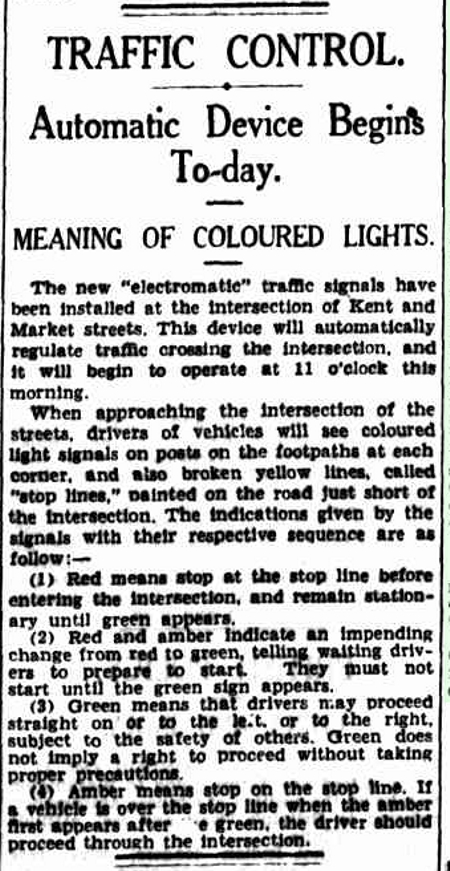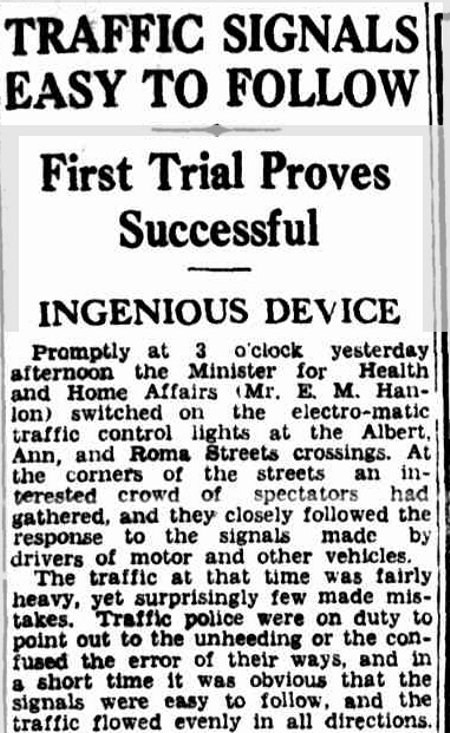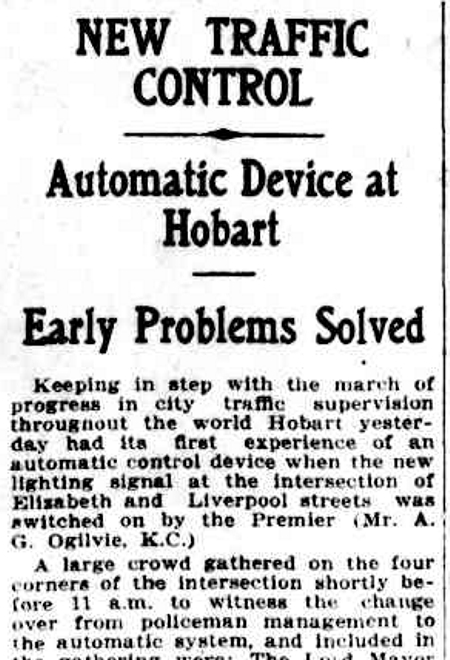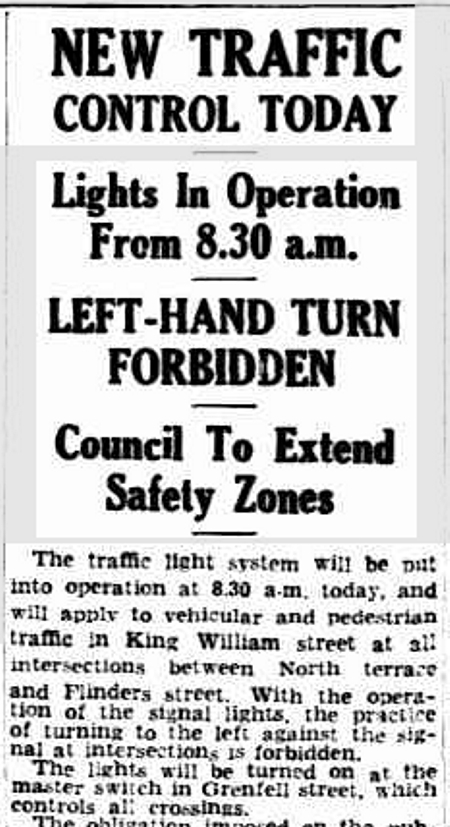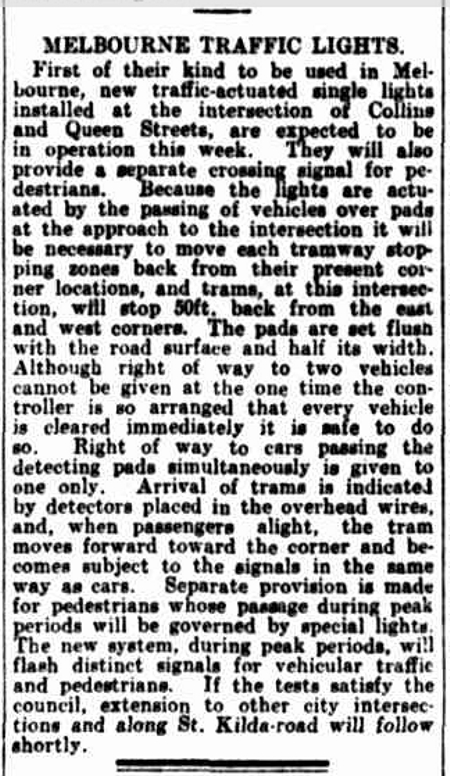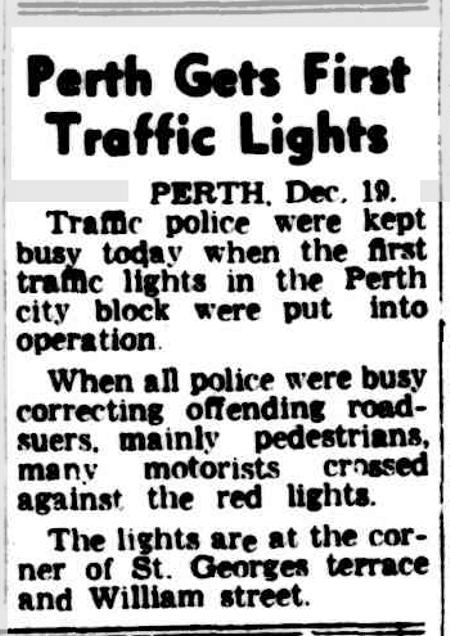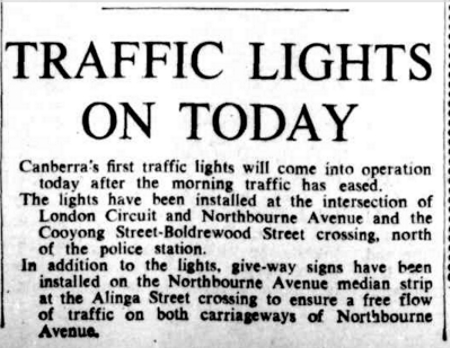Australia’s Biggest Ever Gold Robbery
1862.
8 Bushrangers.
77kg of Gold!
The incredible true story of Australia’s Biggest Steal.
Did that get your attention? It sure got mine.
‘Australian Heist‘ is the title of a brand new book written by James Phelps, who is quoted as being Australia’s #1 bestselling true-crime writer. I’ll admit it’s not a name I was familiar with, but I sure am now!!
Written as well as any good fiction book, it really is a non-stop-page-turner, with fascinating characters, and twists all the way through. And yet this is Australian history. It really happened. And it happened in what was our ancestors era.
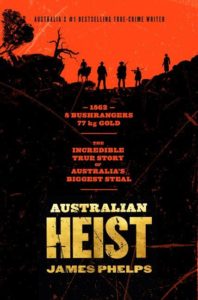 This isn’t an official book review, and I’m not going to spoil the book for you, but I will give you the speil …
This isn’t an official book review, and I’m not going to spoil the book for you, but I will give you the speil …
On 15 June 1862, a gang of bushrangers held up a gold escort at Eugowra, just east of Forbes in new South Wales. They escaped with a pile of cash and 77 kilograms of gold, worth about $10 million today.
It remains the largest gold robbery in Australian history.
In this riveting re-creation of the events, James Phelps finally tells the full story of how Frank Gardiner, Ben Hall, John O’Meally, Johnny Gilbert, Henry Manns, Alexander Fordyce, John Bow and Dan Charters planned and executed the robbery – and what happened to all that gold. And the map!
‘Australian Heist’ is a thrilling, fast-paced and thoroughly modern take on one of the most extraordinary episodes in the nation’s history.
Anyway here’s all the relevant book details for you:
Title: Australian Heist
Author: James Phelps
Format: hardcover
Pages: 368 pages
Published: 2018
ISBN: 9781460756232
Publisher: HarperCollins Australia
Buy the printed book
Buy the ebook
To give you full disclosure. Yes, I do work in a genealogy bookstore, and this is a book that we do sell. But I bought my own copy as it sounded fascinating. No, I’m not trying to sell you anything, but rather just informing you of a book that is a really awesome read. Ok, disclosure done.
So if you love fast paced-action books, and you get a chance to read ‘Australian Heist‘, I guarantee you’ll totally love it!
The First Traffic Lights in Australia
When were the first traffic lights installed in Australia? It’s an interesting question, and one that once asked, makes you intrigued to find out … well it did me anyway.
So that’s what today’s history lesson is all about. When were the first traffic lights installed in each of the Australian states?
Of course I headed to the one and only magnificent Trove to find out, and you might just be as surprised as I was!
SYDNEY – 13 October 1933
Friday, 13 October 1933 was when Sydney’s (and Australia’s) first traffic lights began operating. The lights were installed at the intersection of Market and Kent Streets in city of Sydney, and were switched on at 11am, by the then Minister for Transport, Colonel Michael Bruxner. You can see a fabulous photo of the traffic lights here.
BRISBANE – 21 January 1936
At 3pm on Tuesday, 21 January 1936 a large crowd gathered in the CBD to watch the switching on of the first traffic lights in Brisbane. These were installed at the intersection of Ann, Upper Albert and Roma Streets.
HOBART – 27 January 1937
This one surprised me as I never realised that Hobart had traffic lights so early. But the newspapers reported the grand occasion which you can read on the link below. Just before 11am on Wednesday the 27th of January 1937 the lights were turned on at the intersection of Elizabeth and Liverpool streets.
ADELAIDE – 13 April 1937
Tuesday, 13 April 1937 was Adelaide’s big day, as that’s when Adelaide’s first traffic lights were turned on. These were installed at various intersections along King William Street in the city.
MELBOURNE – late December 1937
The Melbourne public had to adapt to traffic lights around Christmas time in 1937. The “new traffic-actuated single lights” were installed at the intersection of Collins and Queen Streets in Melbourne’s CDB, and “they will also provide a separate crossing signal for pedestrians”. As these were deemed a success others at St Kilda Road followed shortly afterwards.
PERTH – 19 December 1954
December was the time for yet another set of traffic lights to be turned on. This time it was Perth. Their first set of traffic lights was installed at the St Georges Terrace and William Street intersection.
CANBERRA – 23 October 1965
Canberra’s first two sets of traffic lights were brought into operation on Saturday, the 23rd of October 1965. The traffic lights were installed at the intersection of Northbourne Avenue and London Circuit, and Northbourne Avenue and Cooyong Street.
DARWIN – approx 1960s-1970s
I was unable to find an official date, but I did find a reference in someone’s memories of life in Darwin which says “there were no traffic lights anywhere at the time. The first set of traffic lights I remember were at the intersection of Bagot Road with the Stuart Highway!” You can read the full article here. If anyone can provide a date please let me know, and I’ll be happy to update my post.
The Origin of Mother’s Day in Australia
Mrs Janet Heyden from Leichhardt, New South Wales is not a name that you’re likely to recognise, but her name goes down in history as the person who introduced gift giving for Mother’s Day.
In 1924, Mrs Heyden was concerned about the lonely, and forgotten mothers in Sydney’s Newington State Hospital when she visited an old friend regularly. So she started a campaign throughout Sydney asking for donations so she could buy presents for these old ladies.
Newspapers took up the appeal helping to spread the word, while she made personal requests to many of Sydney’s leading businesses. The response was incredible with donations ranging from talcum powder and soap, to scarves and mittens, as well as confectionery and fruit gifts.
Janet is quoted as saying “The late Alderman Dyer, who was Mayor of Leichhardt, used to drive me around to the old mothers of the district with my gift parcels. For seven years in succession the appeal through the newspapers made sure that hundreds of mothers who would otherwise have been forgotten received a Mother’s Day gift, today, of course, a gift for mother is just a natural thing.”
Mrs Heyden continued to visit the lonely and forgotten mothers in Newington right up until her death in 1960. It was then her daughter spoke of her mother’s disappointed by the commercialism of Mother’s Day and the loss of it’s original meaning … but she figured that “commercial interest provided publicity which reminded people of the occasion.”
So just to be clear, Janet Heyden, wasn’t the founder of Mother’s Day, as technically it already existed, but it was quite different to what we understand it to be these days.
The credit of the ‘founder’ of Mother’s Day goes to Miss Annie Jarvis from Philadelphia. It was while she was laying a wreath of flowers on her mother’s grave, she came up with the idea that it “would be better to wear a white flower in honour of a living mother than to wait and pay tribute at her grave later on. So in 1908, the 3rd anniversary of her mother’s death, she handed every person in her local church a white flower as they entered”.
Then as the saying goes … it grew from there. And in May 1913 the US Congress declared the second Sunday of May, Mother’s Day, a national day.
So this year as we head to the stores to find mum a present, take a moment to remember the real reason behind Mother’s Day from both Annie Jarvis and Janet Heyden.
For more on the origin of Mother’s Day:
Origin of Mother’s Day, Illawarra Daily Mercury, 24 April 1953
Remember Mrs. Heyden on every Mother’s Day…, The Australian Women’s Weekly, 7 May 1969
Australia’s Motorcycle Chariot Race
Chariots are something from the Roman era, and not something to you associate (or see) these days, or even in the relatively recent past.
But back in 1920s-1930s chariot motorcycle racing was a thing. Yes, for real! And Australia even got in on the act.
I recently saw the photo above, on the History in Pictures Facebook page, and couldn’t believe what I saw.
Two men in Roman style outfits, in chariots, with two motorbikes pulling them along. The caption read “Motorcycle Chariot Race in New South Wales, Australia, 1936”. I was intrigued, I wanted to know if this was for real, so I headed to Trove.
Sure enough, the motorcycle chariot race did happen. It was one of many events that were held at Sydney Showgrounds for the New South Wales Police Carnival on Saturday, 29 February 1936. With an estimated crowd of 50,000 this was AN EVENT!!
Here’s just some of the articles I found on Trove about it …
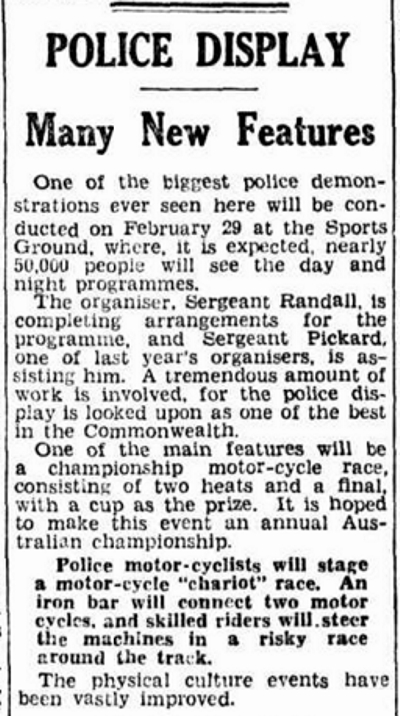
9 January 1936, The Sun, p. 21
http://nla.gov.au/nla.news-article230085708

practicing for the event, 14 February 1936, Sydney Morning Herald p. 14 http://nla.gov.au/nla.news-article17332942

The Sun, 30 January 1936, p. 36
http://nla.gov.au/nla.news-article230082544
And to top it off there’s even a short video up on YouTube of the race.
The National Film and Sound Archive (NFSA) have a great write up about the NSW Police Carnival day, together with a longer video showing more of the events, which is totally worth watching. Check that out here.
And for the record, there was going to be two heats (two laps each), but a third was needed to determine the winner:
Heat 1: Constable J. T. Riley 1, Constable Langham 2. Time, 59 3-5.
Heat 2: Constable Langham 1, Constable Riley 2. Time, 60 2-5.
Heat 3: Constable Riley 1, Constable Langham 2. Time, 1.1¾.

2 March 1936, The Sydney Morning Herald, p. 10.
http://nla.gov.au/nla.news-article17316443
So from seeing a very cool random vintage photo online, to a history lesson … what’s not to love about history … and motorcycle chariot racing!

